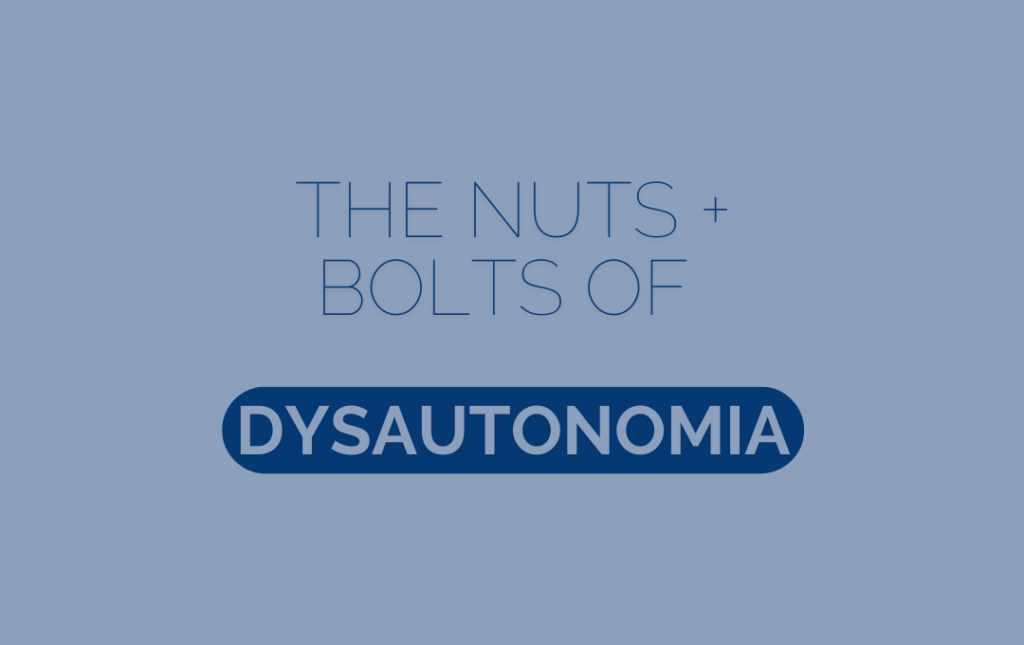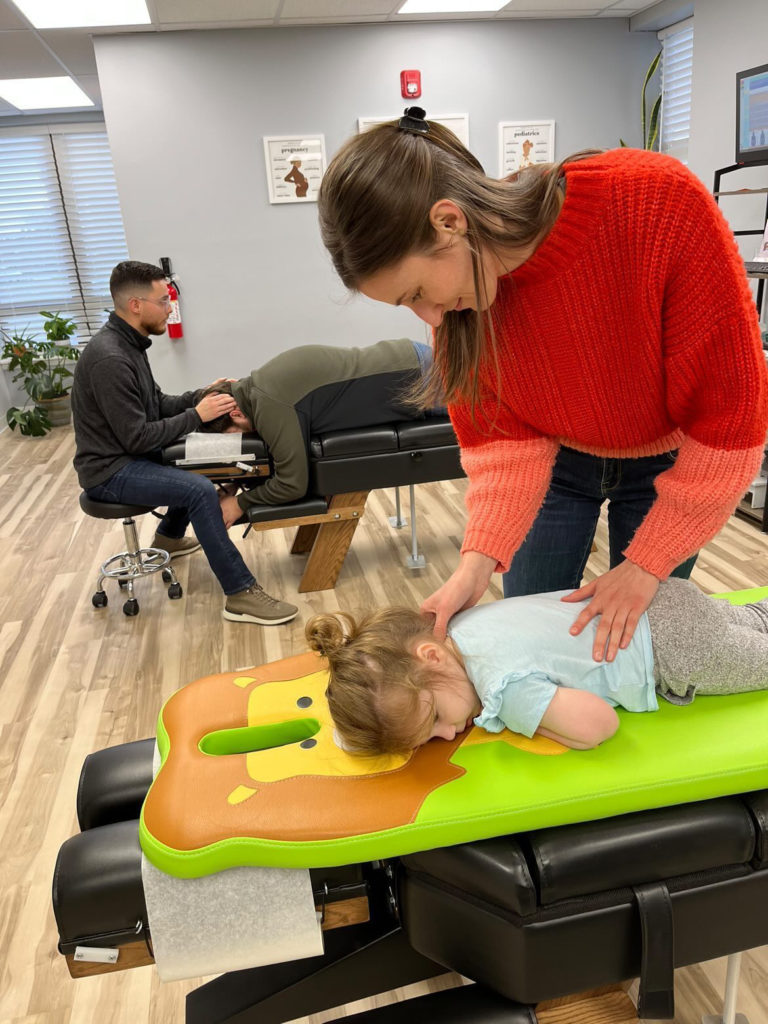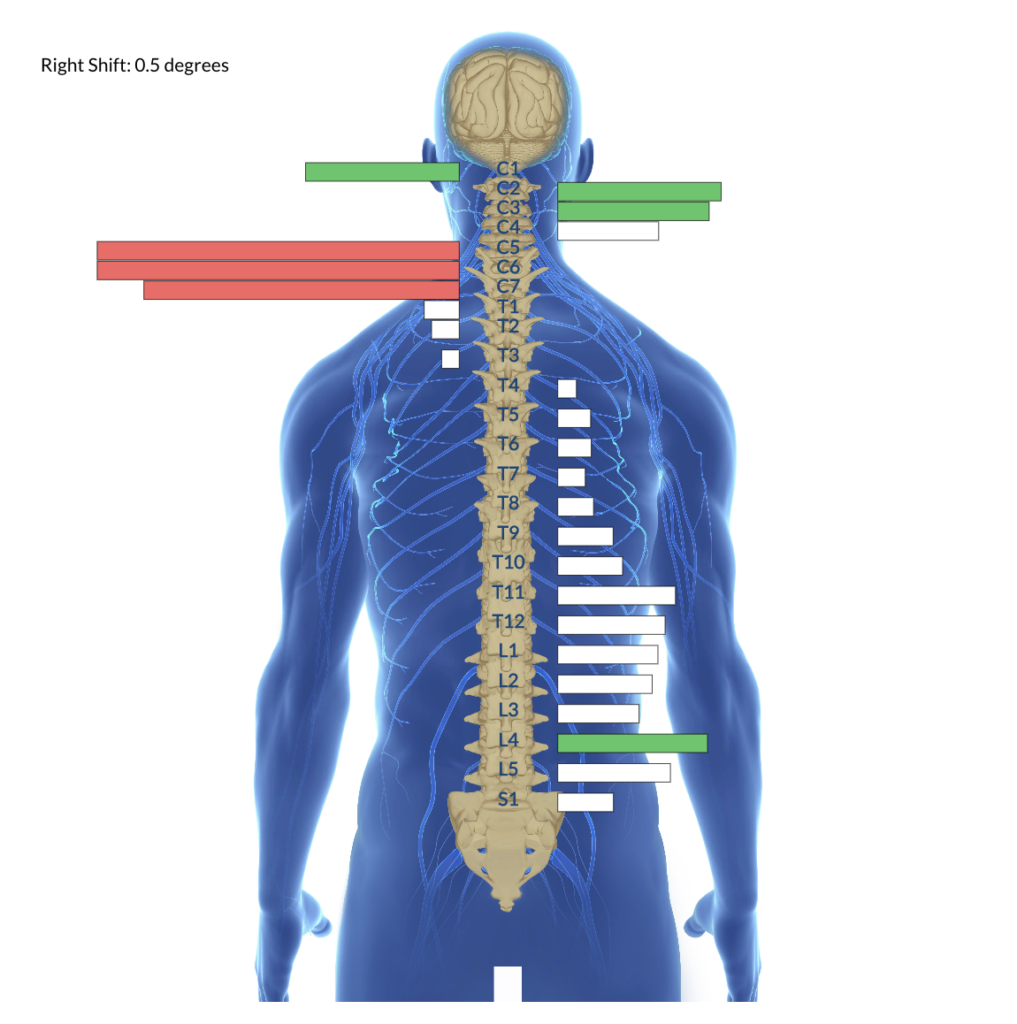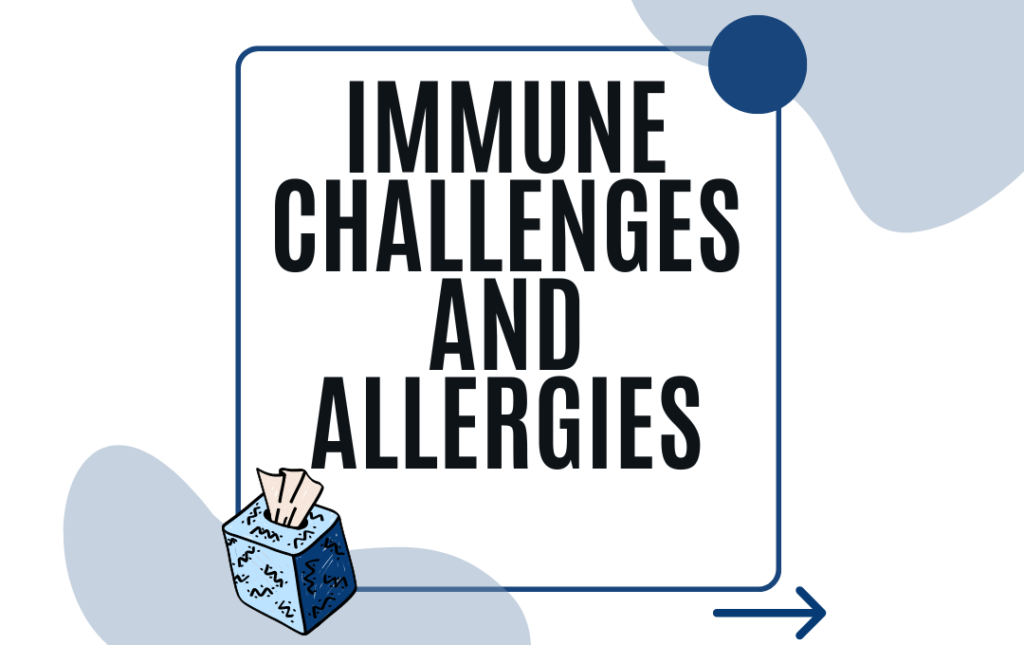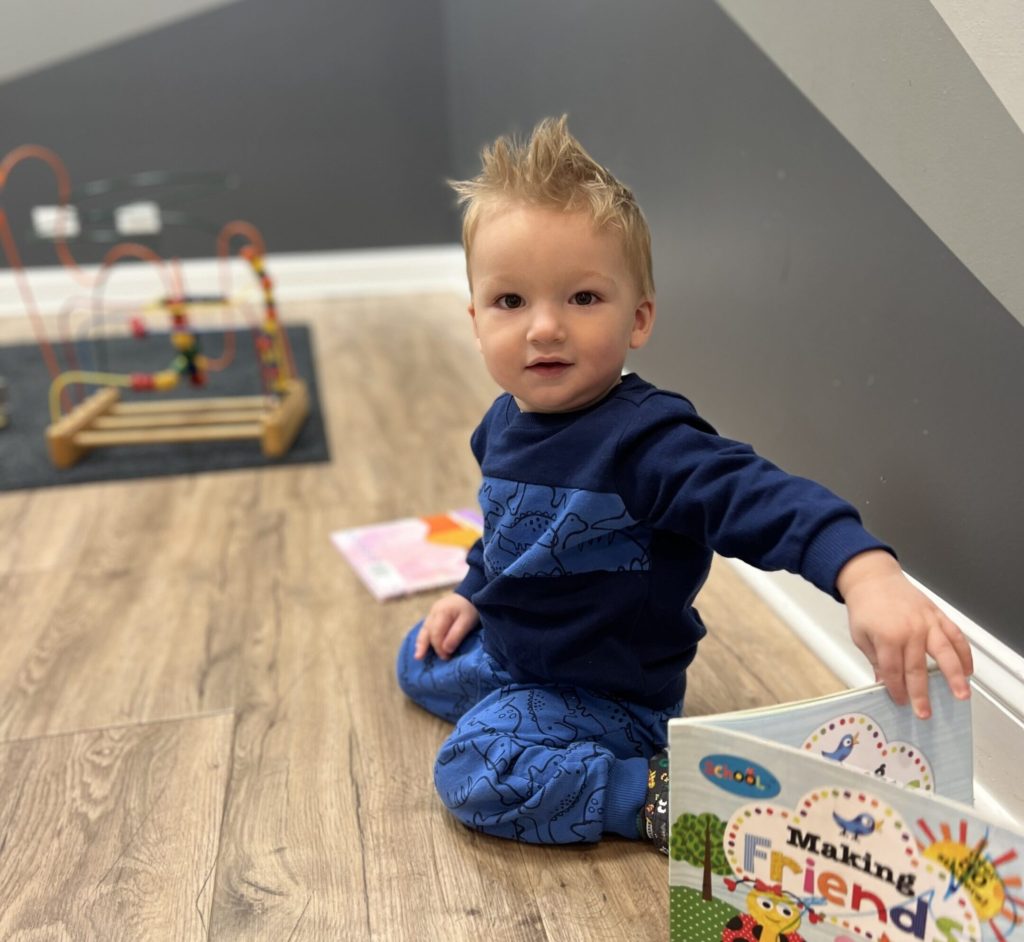WHAT IS A TONGUE TIE? A tongue tie, also known as ankyloglossia, is a condition that affects some newborns where the strip of tissue that anchors the tongue to the floor of the mouth is too short, restricting movement and function of the tongue. This can make it difficult for a baby to breastfeed effectively, as they may be unable to properly latch and nurse effectively. Despite the common and colloquial use of the term “tongue-tied,” it is not solely related to speech. Additionally, a baby’s tongue tie does not just have negative health consequences for the infant but potentially for the mom as well. You may also commonly see this condition referred to as TOTs (Tethered Oral Tissues), which include discussion of the frenulum and other connective tissues of the mouth and jaw. HOW COMMON IS A BABY’S TONGUE TIE? While the exact prevalence of tongue tie is unknown, some put it between 3-5% and others as high as 11% or more. There is a lot of debate on both sides of the conversation, with some feeling it’s grossly misdiagnosed and others feeling it’s overly diagnosed and corrected. Interestingly, just like conditions such as autism and ADHD, it’s more common in boys. We’ll discuss the potential science behind this correlation later when we discuss the cause of your baby’s tongue tie. A tongue tie is often, but not always, accompanied by a lip tie, a condition where the piece of tissue connecting the upper lip to the upper gum restricts the mouth’s mobility if it’s too thick or too tight. Much like autism, there is a lot of discussion as to whether the increased rate of ankyloglossia is a real phenomenon or merely reflects increased awareness and parental reports. When we get into the science and discussion of potential causes, I think it will be easy for parents to see that the increase in incidence rate is rather easily (and unfortunately) explained by the increased rates of maternal distress, birth trauma, and early exposure to toxins in our children today. WHAT ARE THE SYMPTOMS OF A TONGUE TIE? Some babies with a tongue tie have difficulty opening their mouth wide enough to effectively latch and breastfeed, leading to difficulties such as: Many of the signs and symptoms of a tongue tie mirror those of general colic and neuro-gastric distress in a child, so your child’s provider must be able to delineate between the two and, most importantly, what the root cause is of your child’s nursing and sleep challenges. Since breastfeeding is a two-way street and a true neuromuscular connection between mom and baby, a baby’s tongue tie can lead to these challenges for mom as well: Then from here, as the child ages, many natural health practitioners have begun to link things like gross motor and fine motor development, speech delays, sleep disturbances, tooth decay, and even sensory integration disorder to the presence of a tongue tie. In today’s world, where this discussion has become so popular, it’s not too uncommon for children three and older or even adults to have a tongue-tie revision to try and correct some potentially related issues like speech, sensory processing, and sleep disturbances. WHAT CAUSES A BABY’S TONGUE TIE? Well, parents, if you thought the debate between over or under-diagnosing a baby’s tongue tie was a hot topic, wait until we dive into potential causes! Like all articles on our PXDocs.com site, we’ll be sure to dive deep into the science and neurology behind it all and explain things in a simple and straightforward manner so you can best help your child. In short, most traditional medical doctors and pediatricians take the same approach to explaining the cause of tongue ties as most other conditions. They just blame genetics without looking too deeply into things. From there, many natural health and integrative practitioners blamed a tongue tie on mutations associated with the MTHFR genes, leading to problems with the folate absorption and utilization. Studies like this one examine whether increasing folic acid amounts of things such as prenatal vitamins, which were originally done to reduce the prevalence of neural tube defects, may at least be partly to blame. At PX Docs, our specialty is neurology and neurodevelopment, so we investigate and look at things even beyond things, such as soft tissues, nutrients, and so forth. The tone of the central nervous system is the primary determinant of the tone of the muscular and soft tissue systems. So put simply, if the mom and infant’s nervous system is first stuck in a sustained sympathetic fight-or-flight dominant tone, so will the soft tissues such as the frenulum, mouth, and jaw. Whether traditional medical or more holistic and integrative, most of the healthcare world will always look to things like physiology and chemistry first. However, we all know that true health and development is that everything begins with the health and function of the nervous system first. World-renowned cellular biologist and researcher Dr. Bruce Lipton puts it this way: “The function of the nervous system is to perceive the environment and coordinate the behavior of all other cells.” If we take that understanding of the vital role the nervous system plays in control and coordination and apply it to this conversation around your baby’s tongue and soft tissues, such as the frenulum, it’s pretty easy to see which of these potential causative issues may arise first. And finally, this means that the best causative explanation for your baby’s tongue tie is exactly the same as nearly every other condition – it’s most likely a combination and multitude of issues at hand creating what we refer to as The Perfect Storm. When you’ve finished this article, be sure to click over to the Perfect Storm article and learn about the combined effect that things like maternal distress during pregnancy, birth intervention, trauma, and early childhood exposure to stress and toxicity can have on creating things such as subluxation and dysautonomia. EXPLORING THE CONNECTION BETWEEN SUBLUXATION AND TOTS The way we explain subluxation to parents is

